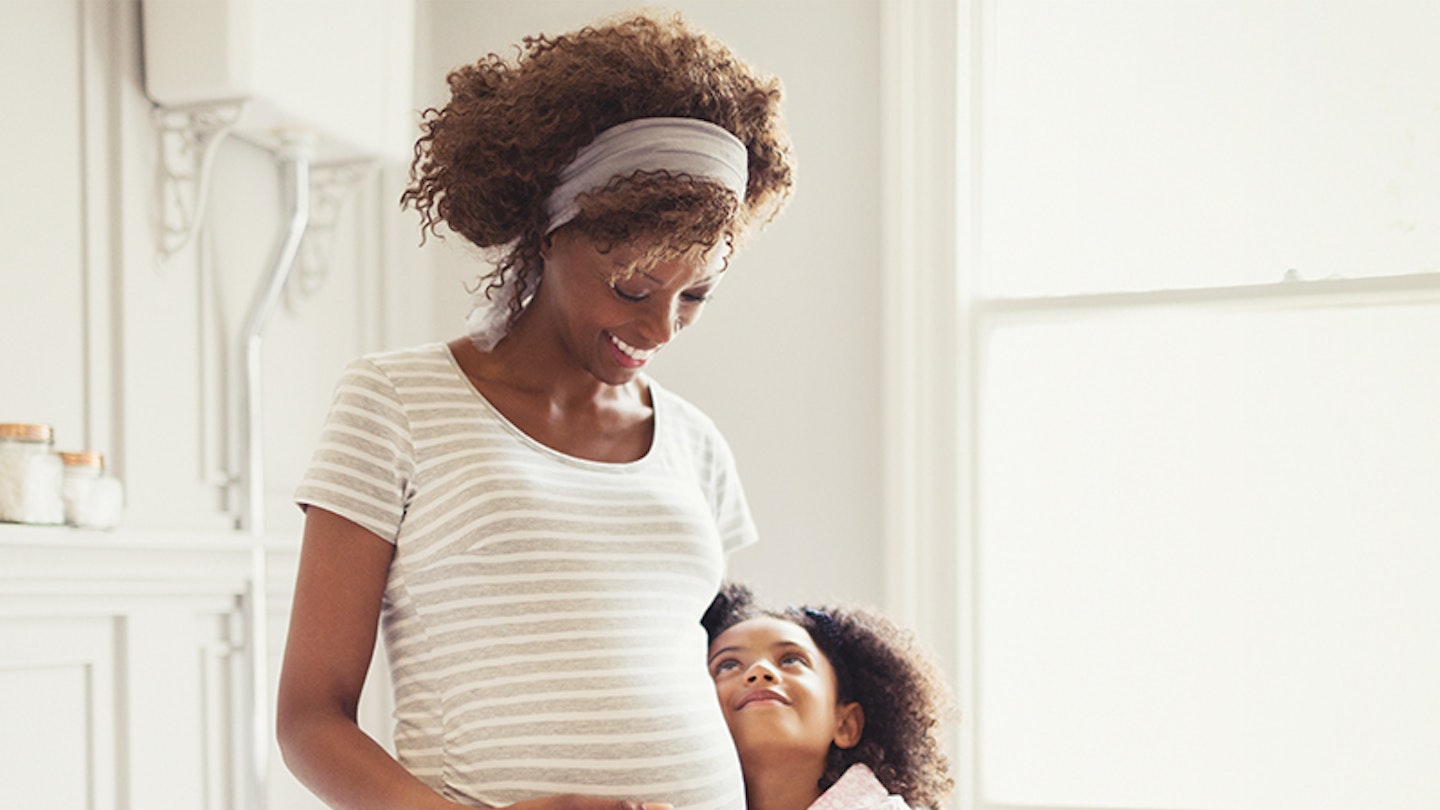Oxytocin released during pregnancy, labour, birth and beyond helps you to be a great mum in many ways. Understand how it works and you can relax – your body’s got it sorted!
What is oxytocin?
Oxytocin is a powerfulhormone released by the pituitary gland that helps your uterus contract during labour and helps the ejection of milk in the breasts. It's nicknamed the 'love hormone' as it influences social interaction and sexual reproduction and high levels have been linked from everything to maternal attachment, generosity and orgasms! Oxytocin, along with high levels of oestrogen, causes the release of a group of hormones, known as prostaglandins, which may play a role in the ripening of the cervix.
10 must-read facts about oxytocin:
What is oxytocin and how does it work?
 1 of 10
1 of 101) It creates an energy store
At the beginning of your pregnancy, your oxytocin levels immediately start to rise. This increase alters metabolism, and means that pregnant women tend to put on weight in the first trimester.This provides an energy store which can be used later when the foetus is growing faster and needs more calories.
 2 of 10
2 of 102) It enhances intimacy
By the last trimester, oxytocin levels in your blood are significantly higher than they were in the first trimester. The raised hormone levels cause you to be more open in your relationships and more likely to have friendly interactions with your family.
You feel less independent and more willing to accept help. This has an important biological function, bringing you closer to those who can support you once your baby arrives. Women often find they start to discuss things with their mothers on a far deeper level.
 3 of 10
3 of 103) Oxytocin also promotes caution
Oxytocin levels also encourage you to be more careful during late pregnancy. It makes you cautious about the world around you, and helps you make sensible choices to keep you and your growing baby safe.
 4 of 10
4 of 104) Induces contractions
At the beginning of labour, spikes of oxytocin in your blood help to induce uterine contractions. The frequency of these spikes increase as labour goes on, peaking during the actual birth of your baby. The release of oxytocin also helps to decrease your sensation of pain.
 5 of 10
5 of 105) It decreases stress
Oxytocin is linked to the reward system in the brain. It makes you feel good, which helps to reduce your stress levels after the birth, which may have been exhausting – and perhaps difficult – for both mother and baby.
 6 of 10
6 of 106) Expect increased bonding
There is a scientific reason why mums are encouraged to make skin-to-skin contact with their babies after birth – touch is one of the strongest stimulators of oxytocin release. This flood of oxytocin helps you feel connected to and in love with your baby, and promotes the desire to care for her.
A baby’s skin has already been stimulated during contractions in a natural delivery, raising her oxytocin levels. Immediately after birth, the efficiency of skin-to-skin contact between mother and baby is heightened and exponentially increases oxytocin levels. After skin-to-skin contact with her newborn, a mother will experience her highest-ever level of oxytocin.
 7 of 10
7 of 107) It comforts your baby
The sucking, skin-on-skin activity of breastfeeding triggers an oxytocin release in both baby and mother. It’s a natural pacifier.
 8 of 10
8 of 108) Oxytocin helps you forget
Oxytocin helps you to forget the discomfort of birth. It has a slight amnesiac effect on the mother, dulling the memory of what’s just happened. Mothers who breastfeed, which releases high levels of oxytocin, have a better ability to move on if the birth was traumatic, as the hormone helps you to be more accepting.
 9 of 10
9 of 109) Stimulates milk flow
It’s oxytocin that stimulates your milk to flow when you’re breastfeeding.The hormone directly causes the muscles that are responsible for letting down your milk to contract.
As you breastfeed, oxytocin levels go up in small spikes, similar to the end of labour. The oxytocin release is tremendous, stimulating the bond between you as well as giving more milk.
 10 of 10
10 of 1010) It boosts relationships
There is a period after birth when women are more committed to their baby than their partner. High levels of oxytocin, and another hormone called prolactin, make it possible for you to focus on your baby to the exclusion of almost everything else. But use oxytocin to stay close to your partner too, stimulating higher levels with plenty of hugs. A father’s oxytocin levels rise when he holds his newborn child, so he will be in the mood to bond too.
Meet the expert: Dr Kerstin Uvnas-Moberg, is a professor of physiology and a leading expert on oxytocin, having studied the hormone and its effects for over 30 years.
